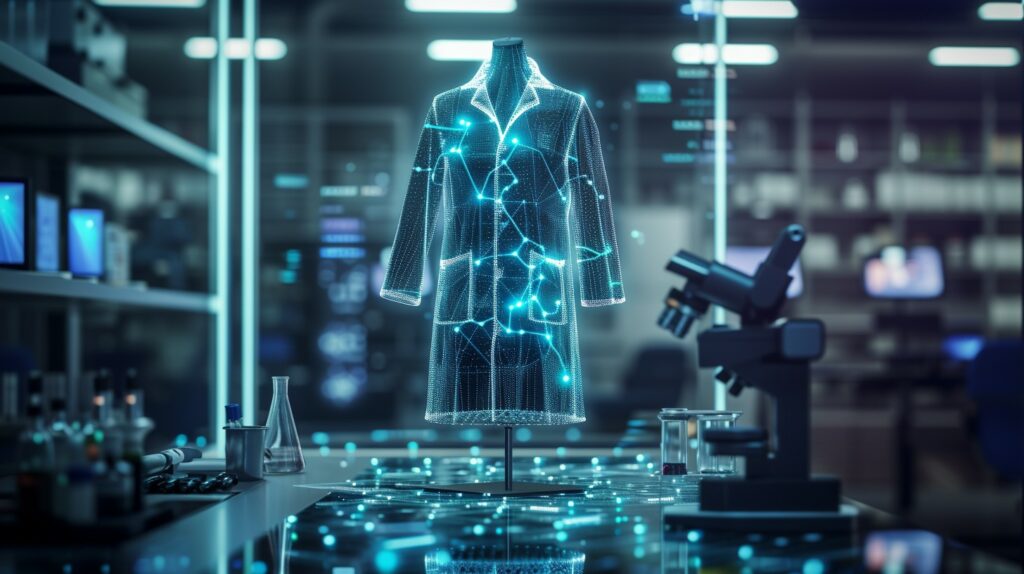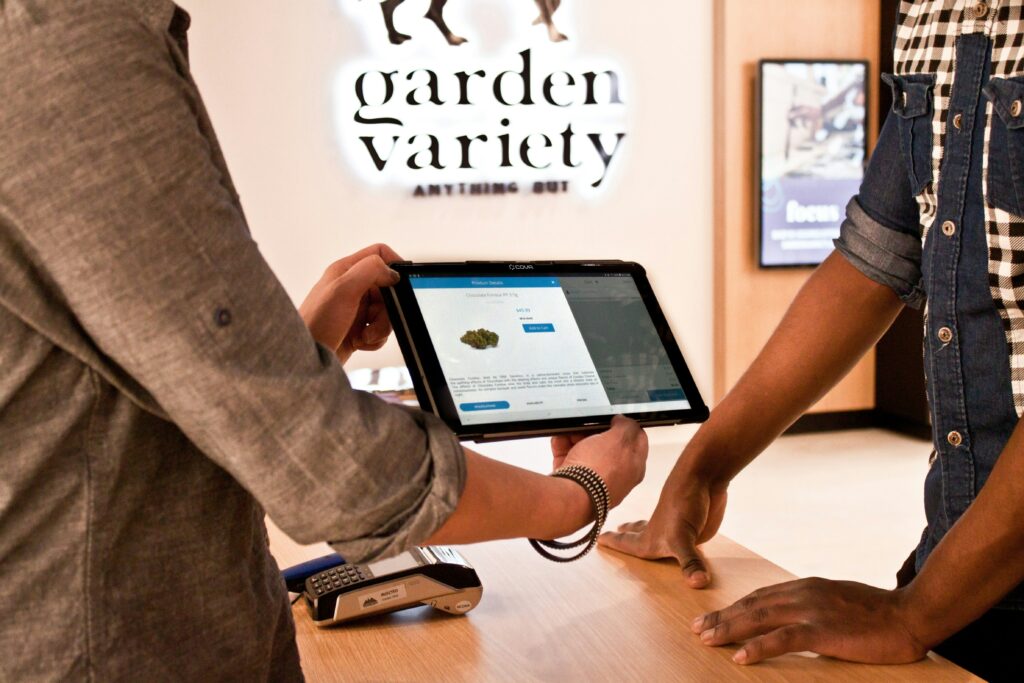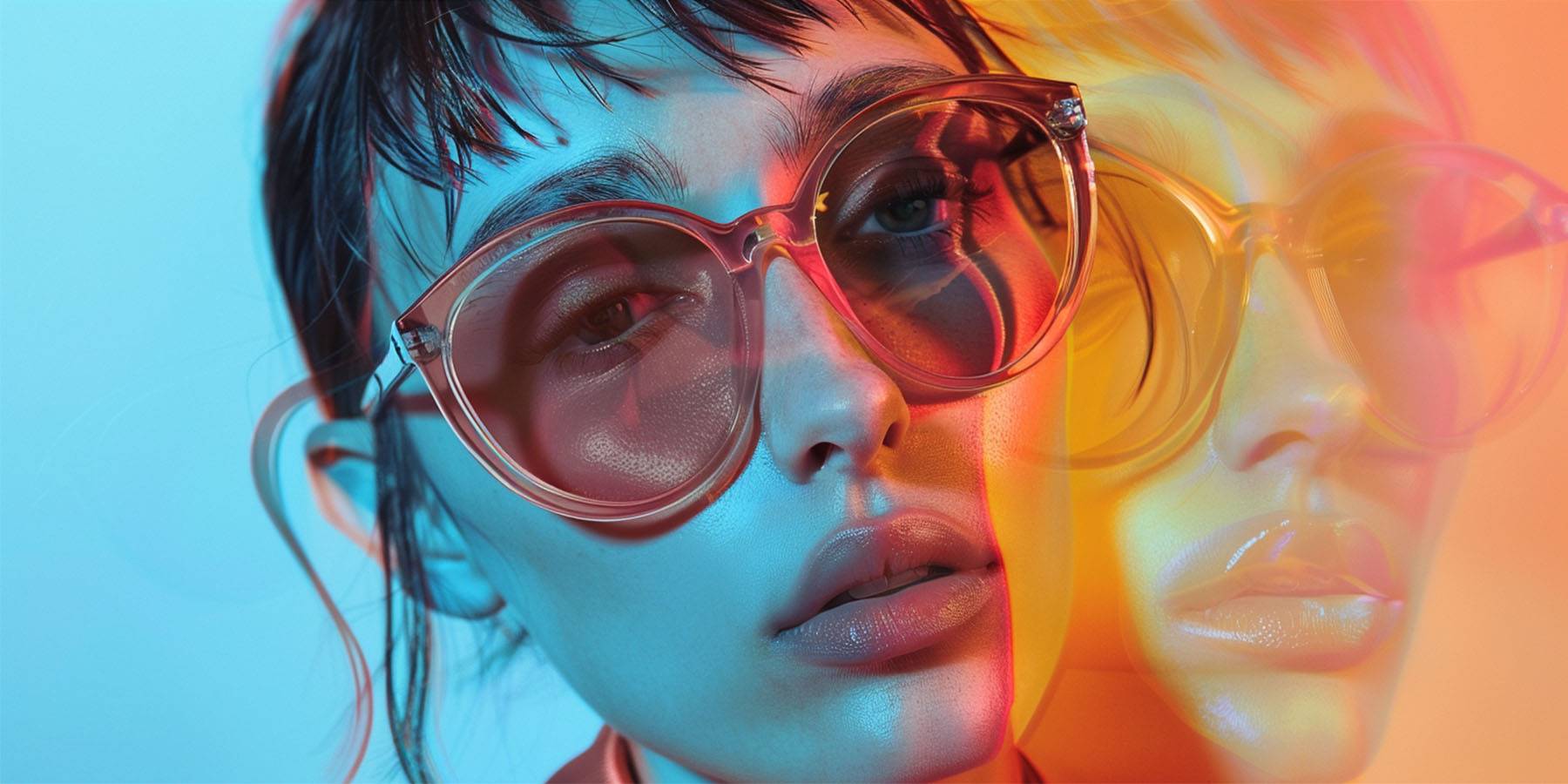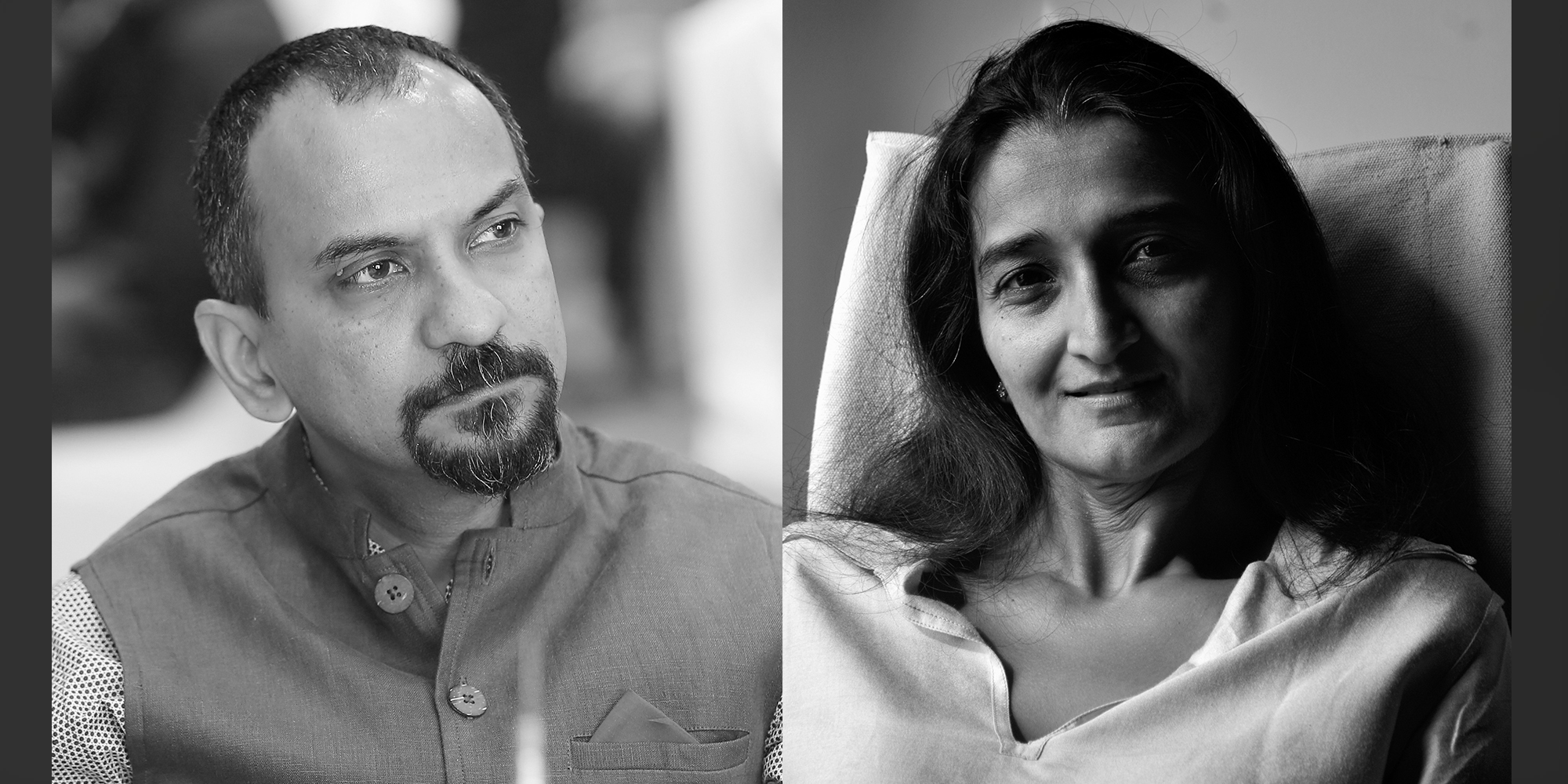As the fashion industry continues to evolve, so does the way it is covered by the media. With the rapid advancement of technology and changing consumer behaviors, media coverage of fashion is undergoing significant transformations. This article explores the future of fashion features, highlighting key trends and innovations that are shaping the landscape of fashion media.

The Evolution of Fashion Media
Fashion media has a rich history, evolving from traditional print magazines to a diverse range of digital platforms. Today, the landscape is more dynamic than ever, driven by technological advancements and shifting consumer preferences.
From Print to Digital
Print magazines were once the primary source of fashion news and trends. Publications like Vogue, Harper’s Bazaar, and Elle dominated the industry, offering in-depth features and high-quality photography. However, the rise of the internet and digital media has revolutionized the way fashion is consumed and covered.
The Role of Social Media
Social media platforms like Instagram, TikTok, and Pinterest have become central to fashion media. They provide immediate, visual, and interactive ways to engage with fashion content. Influencers and fashion bloggers leverage these platforms to reach wide audiences, often surpassing traditional media in terms of engagement and reach.
Key Trends in Fashion Media Coverage
Several key trends are shaping the future of fashion media coverage. These trends reflect changes in technology, consumer behavior, and industry practices.
The Rise of Influencer Marketing
Influencer marketing has become a dominant force in fashion media. Influencers, with their large and dedicated followings, have the power to drive trends and influence consumer purchasing decisions. Brands increasingly collaborate with influencers to create authentic and engaging content that resonates with their target audience.

Integration of Augmented Reality (AR) and Virtual Reality (VR)
AR and VR technologies are revolutionizing the way fashion is showcased and experienced. AR allows consumers to virtually try on clothes, enhancing the online shopping experience. VR offers immersive fashion shows and virtual stores, providing unique and interactive experiences that traditional media cannot match.
Personalized Content through Artificial Intelligence (AI)
AI is playing a significant role in personalizing fashion media content. Algorithms analyze user data to deliver tailored recommendations and advertisements. This personalized approach increases engagement and helps brands connect with consumers on a deeper level.
Sustainability and Ethical Fashion Coverage
There is a growing demand for sustainability and ethical practices in the fashion industry. Media coverage is increasingly focused on these topics, highlighting brands that prioritize eco-friendly materials, fair labor practices, and sustainable production methods. This trend reflects a broader shift towards conscious consumerism.
The Emergence of Short-Form Video Content
Short-form video content, particularly on platforms like TikTok and Instagram Reels, is gaining popularity. These quick, engaging videos are ideal for showcasing fashion trends, styling tips, and behind-the-scenes looks. They cater to the fast-paced consumption habits of modern audiences.
Innovations in Fashion Media Coverage
Innovation is at the heart of the evolving fashion media landscape. New technologies and creative approaches are redefining how fashion is covered and consumed.
Live Streaming and Virtual Fashion Shows
The COVID-19 pandemic accelerated the adoption of live streaming and virtual fashion shows. These formats allow designers to showcase their collections to global audiences in real-time. Platforms like YouTube, Instagram Live, and dedicated fashion streaming services have become essential tools for fashion brands.
Interactive and Shoppable Content
Interactive content, such as shoppable videos and lookbooks, is transforming the way fashion is presented. Consumers can click on items within a video or image to purchase them directly, seamlessly blending content and commerce. This innovation enhances the shopping experience and drives sales.
Blockchain and Digital Ownership
Blockchain technology is being used to establish digital ownership and authenticity in fashion. Non-fungible tokens (NFTs) allow designers to create and sell digital fashion items, providing a new revenue stream and engaging tech-savvy consumers. This innovation is opening up new possibilities for creativity and exclusivity in fashion.
Artificial Intelligence in Trend Forecasting
AI is revolutionizing trend forecasting in the fashion industry. Advanced algorithms analyze vast amounts of data from social media, online searches, and sales patterns to predict emerging trends. This allows designers and brands to stay ahead of the curve and respond to consumer preferences more effectively.
User-Generated Content and Community Engagement
User-generated content (UGC) is becoming increasingly important in fashion media. Brands encourage customers to share their own photos and videos wearing their products, creating a sense of community and authenticity. This approach not only boosts engagement but also provides valuable insights into consumer behavior and preferences.
The Impact of Emerging Technologies

Emerging technologies are not only shaping how fashion is covered but also how it is experienced and consumed. These technologies are driving innovation and creating new opportunities for brands and consumers alike.
Virtual and Augmented Reality
VR and AR are set to revolutionize the fashion industry. Virtual reality can create immersive brand experiences, such as virtual fashion shows and digital boutiques. Augmented reality enhances the online shopping experience by allowing consumers to visualize products in their own environment before making a purchase.
Artificial Intelligence and Machine Learning
AI and machine learning are transforming various aspects of fashion media. From personalized content recommendations to automated social media posts, these technologies are making fashion media more efficient and effective. AI-driven analytics also provide deeper insights into consumer behavior, helping brands tailor their strategies.
Blockchain and Digital Fashion
Blockchain technology is enabling new forms of digital fashion. NFTs allow designers to create unique digital garments that can be bought, sold, and traded. This innovation opens up new revenue streams and offers consumers exclusive digital items that can be used in virtual environments.
The Internet of Things (IoT)
The IoT is bringing connectivity to fashion items. Smart clothing and accessories can collect data and interact with other devices, offering new functionalities and personalized experiences. This technology is paving the way for innovative fashion products that blend style with practicality.
Conclusion
The future of fashion features is being shaped by a convergence of technological advancements and changing consumer behaviors. Trends such as influencer marketing, AR and VR integration, personalized content through AI, sustainability coverage, and short-form video content are redefining how fashion is covered and consumed.
Innovations like live streaming, interactive and shoppable content, blockchain, and AI in trend forecasting are driving the evolution of fashion media. These developments are creating new opportunities for brands to connect with consumers in meaningful and engaging ways.
As the fashion and media industries continue to evolve, staying informed about these trends and innovations is crucial. By embracing these changes and leveraging new technologies, fashion brands can enhance their media coverage, engage with their audience more effectively, and stay ahead in a competitive landscape.
For fashion enthusiasts, keeping an eye on these trends will provide a deeper understanding of how the industry is changing and what to expect in the future. Whether you are a designer, marketer, or consumer, the future of fashion features promises to be dynamic, innovative, and exciting.






